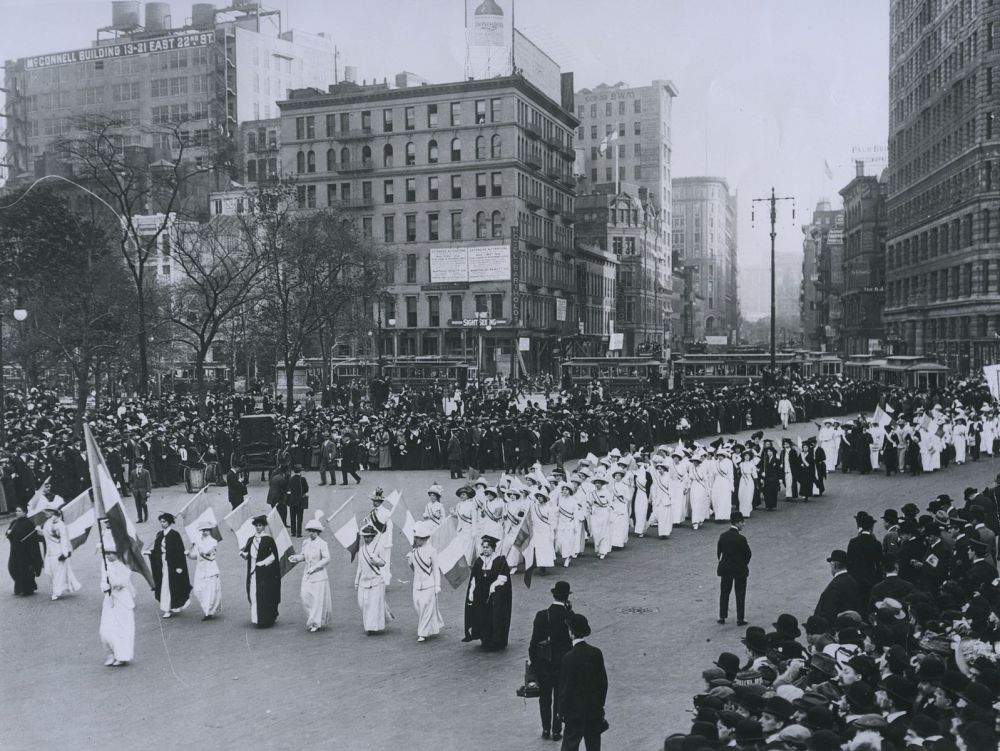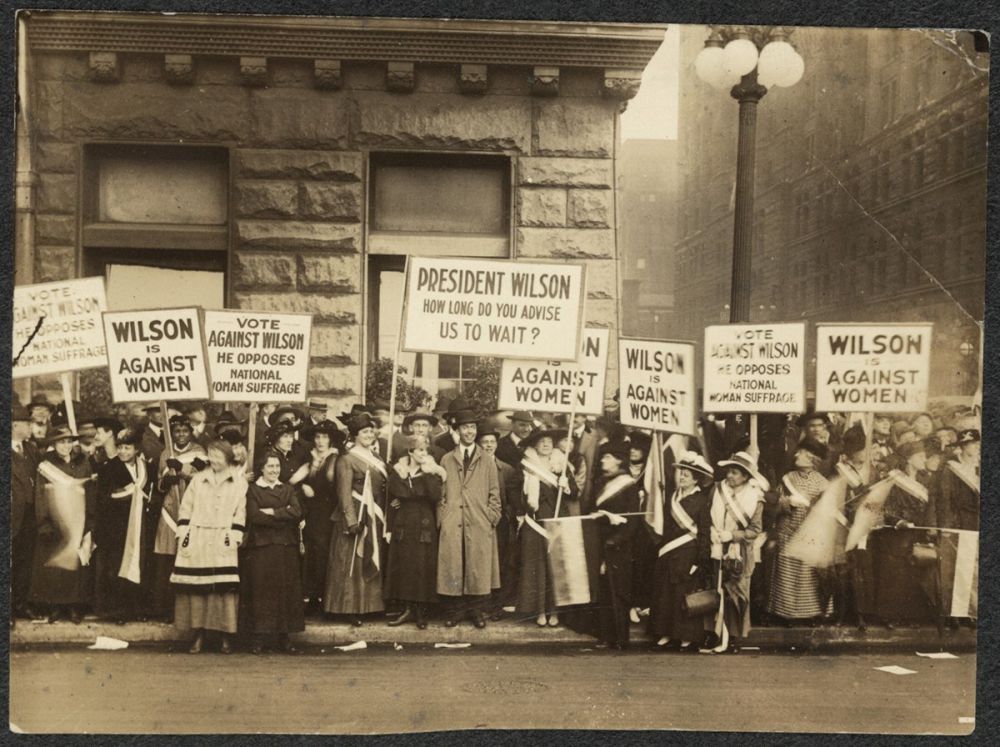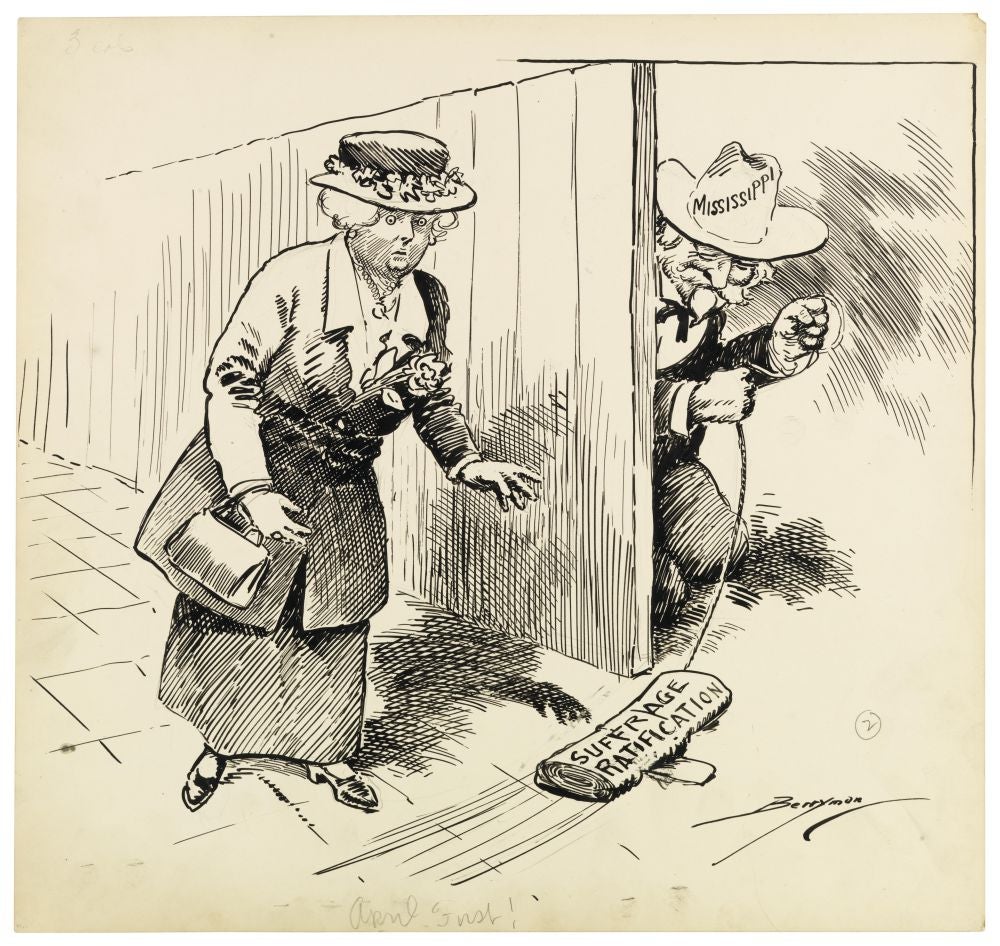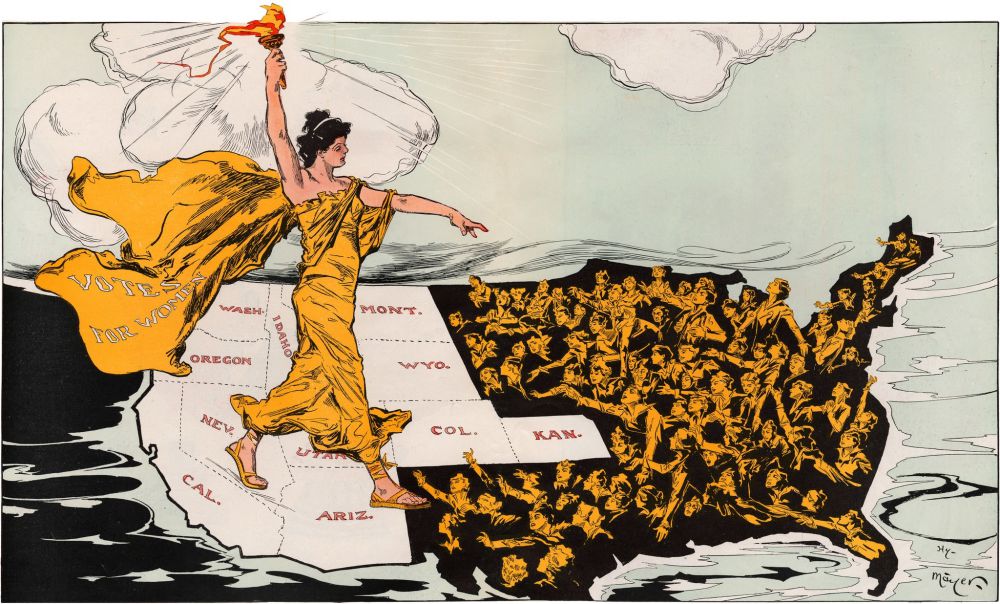Suffrage and Beyond
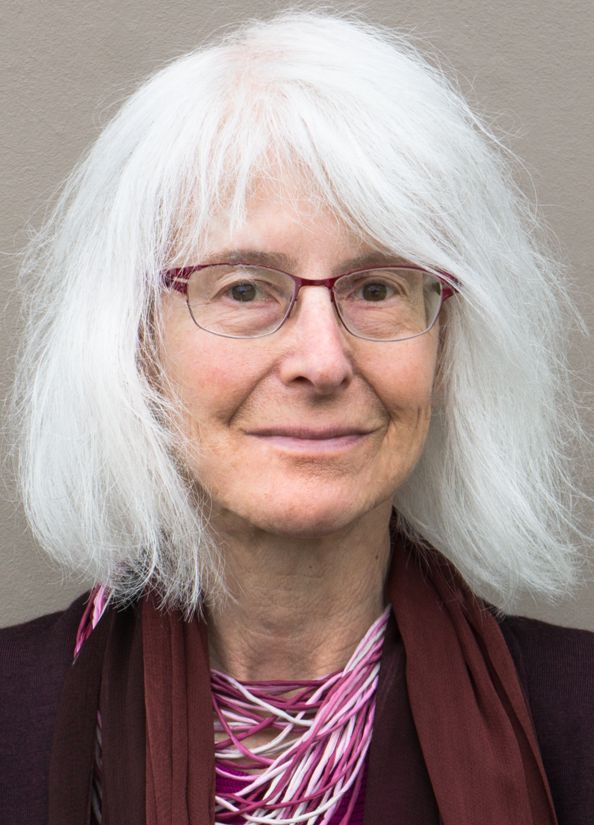

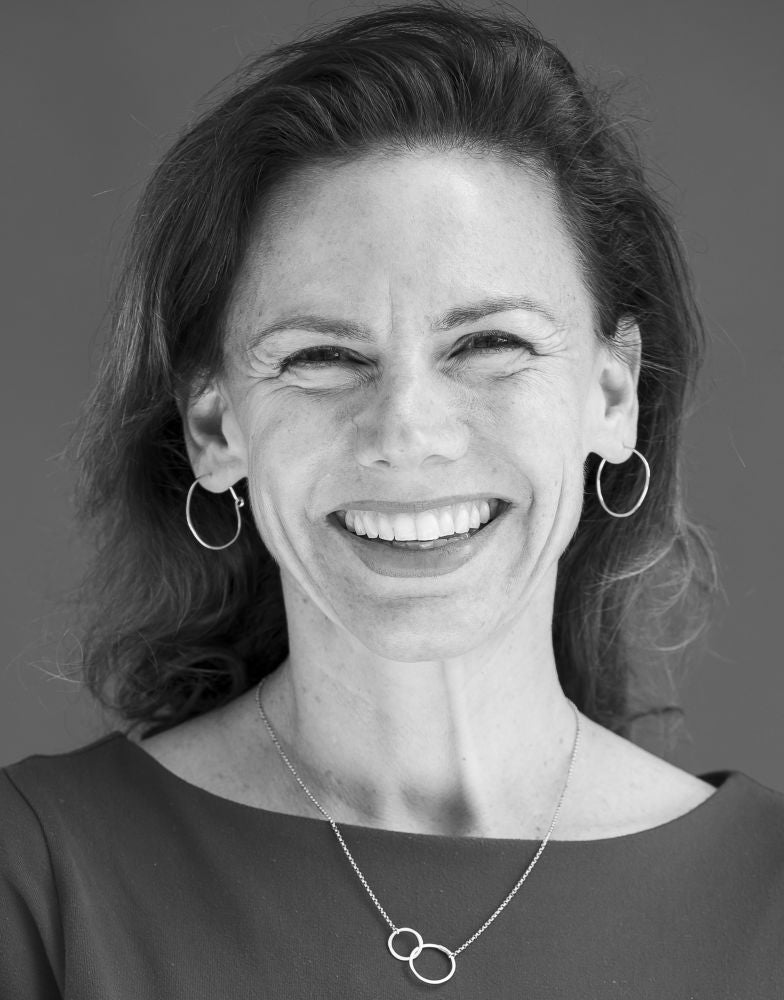
The election was supposed to be a big deal for women, and the reason was simple: They would band together as a progressive voting bloc and change the course of history.
The results spoke differently. The country elected a conservative, pro-business Republican who would go on to become what Sarah Case, a continuing lecturer in UC Santa Barbara’s Department of History, called “a president whose administration became synonymous with scandal.”
Welcome to the presidential election of 1920, the first campaign for the White House after women won the right to vote with the ratification of the 19th Amendment on Aug. 18 of that year. The election of Warren G. Harding, in a landslide over fellow Ohioan James Cox, saw more than 9 million women cast ballots.
What it didn’t see: women coming together to vote en masse for the issues they were presumed to care about. It would prove to be a durable reality of American politics.
“One of the historical legacies of the suffrage era was that there really isn’t a unified womanhood, even though the argument for suffrage was made in the name of ‘woman,’ ” said Eileen Boris, the Hull Professor of feminist studies at UC Santa Barbara.
In hindsight, that lack of unity should have been evident long before the election. The journey to suffrage was less a march in unison than a lurching drive buffeted by class, racial and geographical divides.
As Case noted, suffrage was not universally supported by women. Some elite, urban women in the Northeast saw suffrage as diluting their influence at home and in society. Many Southern white women worried that suffrage would lead to greater rights for African Americans, and that black women would be more motivated, better educated and likelier to vote than black men. Conservative women believed it would destroy women’s traditional role as caretakers of children.
“There have been historians who’ve said that in some ways, the women’s bloc was more powerful politically before the suffrage amendment was enacted,” Case said. “Because women were actually quite powerful as lobbyists. Women were quite powerful using the threat of the vote, and when the vote didn’t quite pan out to be what had been promised, their power in some ways was lessened.”
As an example, she pointed to the Sheppard-Towner Act of 1921, which provided free health care to pregnant women and infants. The law was enacted in large measure because of pressure from women’s groups.
Funded for seven years, the law came under attack by the powerful American Medical Association, which called it socialist. “It’s quite clear by 1928 that the women’s bloc is not as powerful as it was thought to be,” Case said. Congress didn’t re-fund the law that year and it lapsed.
That’s not to suggest women were better off before suffrage, of course. Eric R.A.N. Smith, a UC Santa Barbara professor of political science, said that it was assumed for some time that, legislatively speaking, electing women would make no difference.
Time, however, has shown that getting the vote put them in position to influence legislation in ways men don’t even consider. It seems that “when the numbers of women in Congress hit some kind of a threshold — maybe around 15% to 20% — they begin organizing,” Smith said. “They begin behaving differently than men.”
He pointed to former U.S. Rep. Pat Schroeder, D-Colo., and her push to increase funding for women’s health care. At the end of the 1980s she gathered all the women in Congress together and told them the legislature approached problems in a gendered way, funding research on diseases that typically strike more men than women, such as stroke and heart attacks, while ignoring women’s issues, such as breast cancer.
The result: The Women’s Health Equity Act of 1990, which focused in part on funding research on diseases such as breast cancer and cervical cancer.
“And that was the point at which breast cancer started getting reasonable funding,” Smith said. “They shamed the rest of Congress into funding it at a more reasonable level. Breast cancer research was enormously helpful for the country, because it vastly reduced the number of women who were dying of it.”
Curiously, the gender gap — the difference in support for a candidate or cause between men and women — didn’t begin with suffrage. As Case noted, some of the first supporters in the mid-19th century saw it as a matter of equal citizenship. In the early 20th century, she said, women began to assert that voting was a duty, a means to an end (social welfare) rather than an individual right.
But it wasn’t until the administration of Ronald Reagan that the gender gap began to crack open, Boris said. With Reagan’s election, she said, more women voted Democrat and more men voted Republican, and that gap grew.
“This is something,” Boris said, “that harkens back to the assumptions of the suffragists and the feminists of the early 20th century: that women would be concerned with social welfare, and the welfare of the people, that they would be much more concerned with domestic policies that helped human beings rather than militarism, for example, or aspects of foreign policy.”
Today, those issues are fueling a slow surge in the number of women running for office — and the U.S. has some catching up to do.
“Compared to other industrialized democracies we’re quite unusual in the fact that women are so underrepresented,” Smith said. “In most Western democracies there are a whole bunch of things that they’ve had for many decades — parental leave, health care, child support and care and so forth that are paid for by the state or heavily subsidized by the state. In a lot of those respects we’re one of the more conservative, slow-moving countries.
“But I expect it to continue to go in those directions,” he continued. “Part of it’s because more women will get into politics.” He noted the surge of female contenders in the 2018 midterm elections, adding “there will probably be another surge in the next election.”
We can thank, in large measure, the 19th Amendment.
“It has made this significant change that probably would have been unthinkable 150 years ago,” Case said, “but 100 years ago it was just beginning to be seen as something reasonable.”
